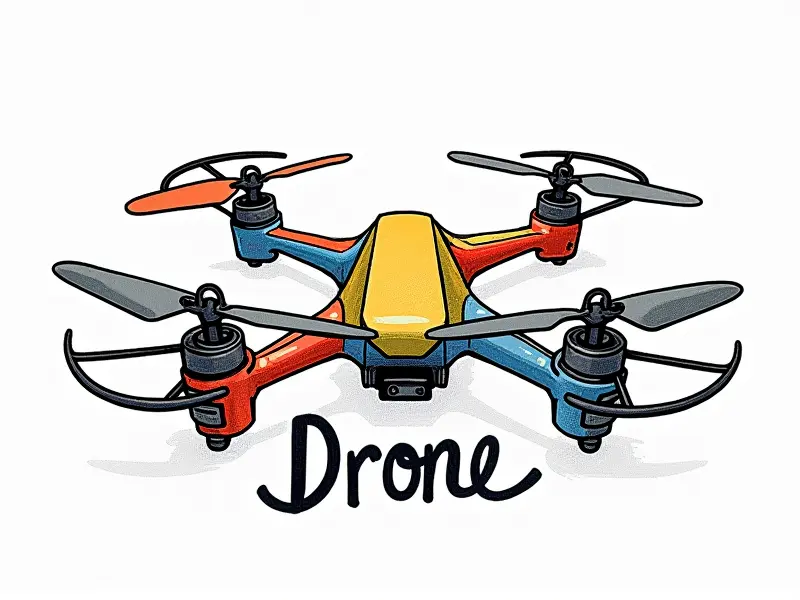Recommended Li-Po cell count?

How Many Cells Do I Need?
The number of cells in a lithium polymer (LiPo) battery is crucial for determining the performance and capabilities of your RC drone or aircraft. The cell count, often denoted as "S" followed by a number (e.g., 3S, 4S), directly influences voltage, capacity, and overall power output.
Optimal Cell Count for RC Drones
Selecting the right LiPo battery configuration is essential for achieving optimal performance in your RC drone. The cell count not only affects flight time but also impacts speed, agility, and stability during high-speed maneuvers. For instance, a 3S (11.1V) battery provides moderate power suitable for beginners or small drones, while a 4S (14.8V) offers more power and performance.
Best LiPo Battery Configuration
The best configuration depends on your specific needs and the type of RC aircraft you are using. For racing drones, higher cell counts such as 5S or even 6S provide the necessary voltage to achieve high speeds and quick response times. However, for larger planes or helicopters, a lower cell count like 3S might be more appropriate due to weight considerations.
Choosing the Right Cell Count
To choose the right LiPo battery cell count, consider factors such as the aircraft's size, motor requirements, and desired flight characteristics. A higher cell count generally means increased power but also greater weight, which can affect performance in different ways depending on your specific use case.
Factors to Consider
- Aircraft Size: Larger aircraft typically require more powerful batteries with a higher number of cells.
- Motor Requirements: Motors designed for high performance often necessitate higher voltage, which translates to a greater cell count.
- Flight Characteristics: Faster and more agile drones benefit from higher cell counts, whereas stability-focused models may perform better with fewer cells.
Ideal Cell Count for FPV Racing
In the realm of first-person view (FPV) racing, speed and responsiveness are paramount. For this application, a 5S or 6S battery is often recommended due to its high voltage and power output. These configurations offer the necessary thrust and quick response times required in competitive FPV racing environments.
Balancing Power and Weight
The key to successful RC flying lies in balancing power and weight. A higher cell count provides more power but also adds significant weight, which can negatively impact flight time and maneuverability. Conversely, a lower cell count reduces weight but may limit the aircraft's performance capabilities.
Trade-offs
- Higher Cell Count: More power, shorter flight times due to increased weight.
- Lower Cell Count: Less power, longer flight times but reduced speed and agility.
Cell Count vs Performance Trade-off
The relationship between cell count and performance is complex. While a higher number of cells can significantly enhance the aircraft's capabilities, it also introduces challenges such as increased weight and heat generation. Therefore, finding the right balance is crucial for achieving optimal flight characteristics.
Optimal Balance
- Voltage: Higher voltage supports higher motor RPMs but requires careful consideration of battery capacity.
- Weight: Minimizing unnecessary weight helps maintain agility and responsiveness, especially in fast-paced scenarios like FPV racing.
Maximize Flight Time with LiPo
To maximize flight time while maintaining adequate power levels, it's essential to select a battery configuration that balances cell count with capacity. Higher capacity batteries (measured in mAh) can extend flight duration without compromising performance too much.
Tips for Maximizing Flight Time
- Choose the Right Capacity: Opt for higher mAh ratings to increase endurance.
- Select Appropriate Cell Count: Balance power requirements with weight constraints.
- Monitor Temperature: Ensure proper cooling systems are in place to prevent overheating.
Perfect LiPo Capacity for RC Planes
The ideal cell count and capacity for RC planes depend largely on the plane's design, motor specifications, and intended use. For instance, a large-scale model airplane might benefit from a 3S battery with high capacity to achieve sustained flight times, while smaller models may require higher voltage configurations like 4S or 5S.
Optimal LiPo Configuration for RC Drones
The optimal configuration varies based on the drone's purpose and design. For racing drones, a 6S battery is often preferred due to its high power output and ability to handle fast-paced maneuvers. In contrast, multirotor drones designed for photography or videography might perform better with a balanced approach using a 4S battery.
Li-Po Cell Guide for RC Enthusiasts
This comprehensive guide aims to help RC enthusiasts make informed decisions about LiPo cell counts. By understanding the relationship between cell count, power output, and performance characteristics, you can optimize your aircraft's capabilities and achieve better results in various flying scenarios.
Conclusion
The choice of Li-Po battery cell count is a critical decision that significantly impacts the performance and efficiency of your RC drone or plane. By considering factors such as aircraft size, motor requirements, and intended use, you can select the optimal configuration to achieve your desired flight characteristics while balancing power and weight effectively.

